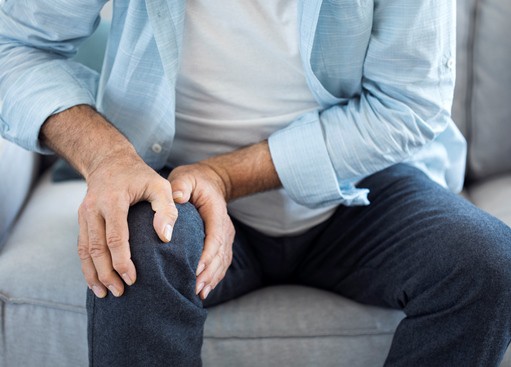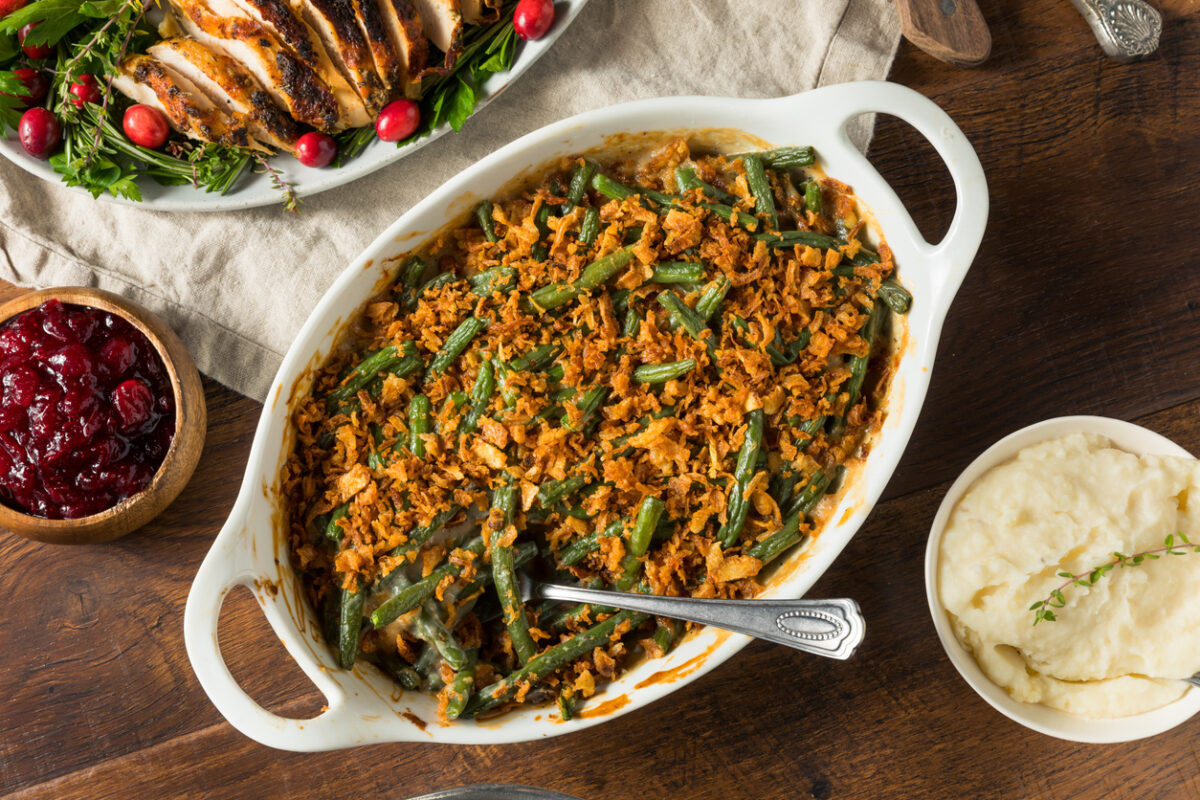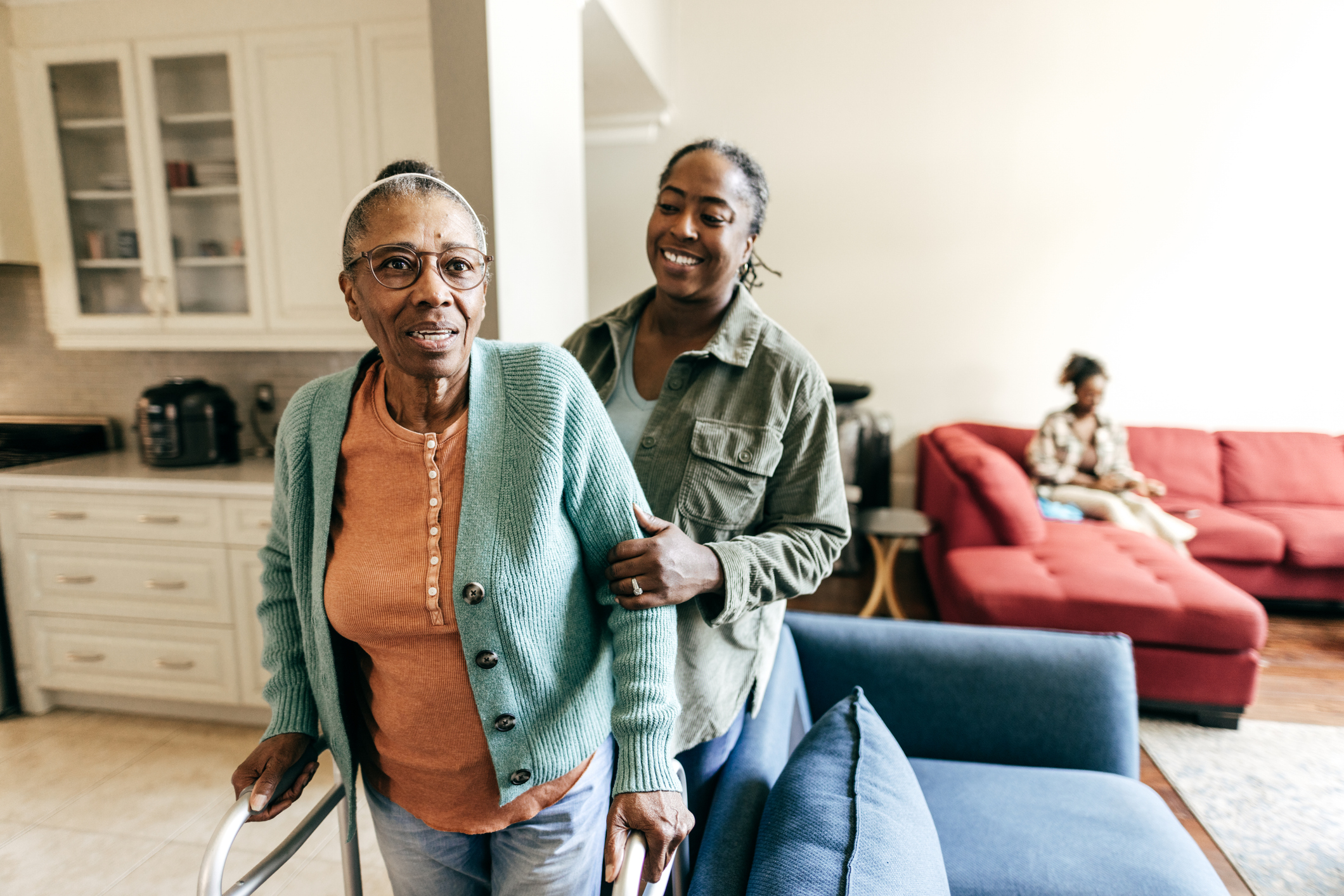Tips to ease winter joint pain
By Mary Anna Rodabaugh
Winter brings with it many things including holidays, snow, cozy sweaters and piping hot beverages. However, as winter arrives in the Philadelphia region, it also brings bouts of bone chilling temperatures that can last several months. For some older adults, colder weather means an increase in joint pain and arthritis symptoms.
While there is limited scientific research to suggest exactly why colder weather seems to exacerbate joint pain, the correlation may have something to do with changes to the atmospheric pressure.
“There is truth to people feeling changes in weather, especially when the barometric pressure drops several hours before a storm,” says Dr. Walter Dearolf, an orthopedic surgeon with Orthopedic Surgery and Rehabilitation Associates.
Colder weather also means spending less time doing outdoor activities, which can keep the joints lubricated and flexible. “Try to get up and move every hour, so stiffness does not become a problem,” Dearolf says.
Not only does staying active improve joint stiffness, it can also help you work through the pain in the long run and im- prove quality of life. “Ambulation is medication,” says Lorraine Belcher, MSN, RN, CCCTM, NE-BC, nurse manager at Jeffer- son Methodist Hospital and former chair of the Pain Committee for Jefferson. “The most valuable thing you will ever own is your body, treat it well.”
Remember to drink plenty of water to hydrate your muscles, advises Belcher. Give your body the right fuel by eating a well-balanced and nutritious diet. It is imperative for older adults to stay active and maintain a healthy weight. Excess weight puts stress on joints and can contribute to chronic pain.
TIPS TO GET MOVING
While a long walk outdoors in subzero temperatures is not ideal, there are many ways older adults can incorporate bouts of exercise and activity into their daily life to combat joint stiffness and pain. Michelle Friedman, who holds a doctorate in physical therapy and is president of Atlantic Physical Therapy, suggests several simple exercises that can be practiced without having to leave the house.
SIT TO STAND
“Seniors can stand up from a chair and sit back down throughout the day,” suggests Friedman. “This strengthens all the muscles and is a functional exercise.” The goal is to work toward standing up from the chair without using your hands to push off. Remember to use a chair with a solid base, such as a kitchen or dining room chair. A great time to practice this exercise is during commercial breaks as you watch your favorite television program.
HEEL RAISE
Strengthening the calves can alleviate knee pain. The heel raise is another small, yet functional movement you can do just about anywhere. First, slowly stand up on your tip toes, hold for three seconds, and return your entire foot back to the ground. Repeat 20-30 times. If you’re just starting out, make sure you have a wall or countertop to assist with balance until you can complete the exercise without assistance. Then try doing a few heel raises while doing the dishes or folding laundry.
LEG LIFTS
Hip pain is a common ailment for older adults. To strengthen the hips, Friedman suggests completing 10 lifts on each leg. First, face your kitchen counter and place your hands on the counter for balance. Slowly kick one leg out to the side and return it to the starting position. Repeat with your other leg. As you begin to master the exercise, try bracing the tips of your fingers on the counter instead of your entire hand so your core is engaged.
“You’re at a higher risk of falls after 60,” says Friedman. “This exercise can help keep your outer hips nice and strong, which helps us keep our balance.”
LISTEN TO YOUR BODY
For severe joint pain and arthritis, you may need to see a specialist and discuss options beyond at-home exercises. Physical therapy is a great way to strengthen the muscles above and below the ailing joint. Instead of the joint taking the force of gravity, the muscles take the impact.
However, if your joint pain starts to contribute to immobility, your provider may suggest other alternatives.
The best way to combat winter joint pain is to stay active and stay warm.
Mary Anna Rodabaugh is a writer, editor and writing coach.




